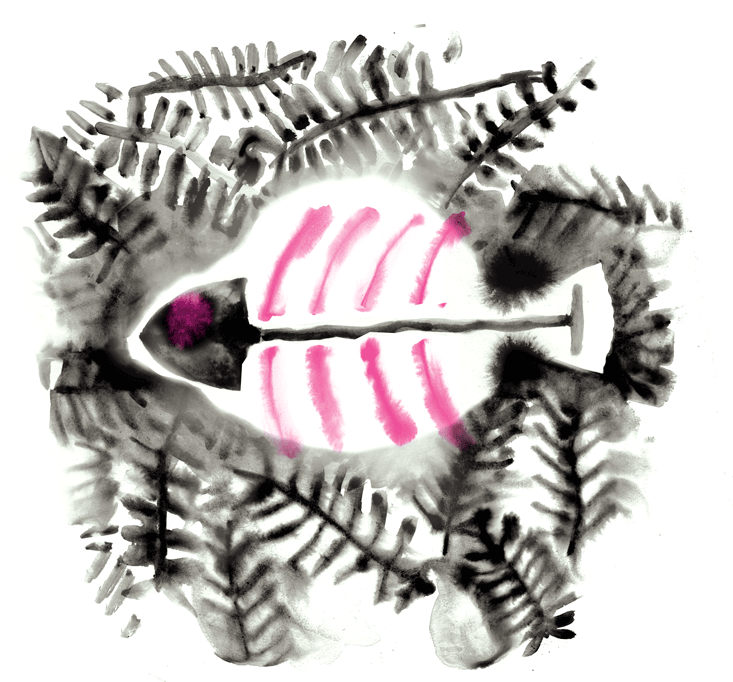tk


The full Nautilus archive • eBooks & Special Editions • Ad-free reading


You’ve read your 2 free articles this month. Access unlimited ad-free stories, including this one, by becoming a Nautilus member.
Don’t limit your curiosity. Access unlimited ad-free stories like this one, and support independent journalism, by becoming a Nautilus member.